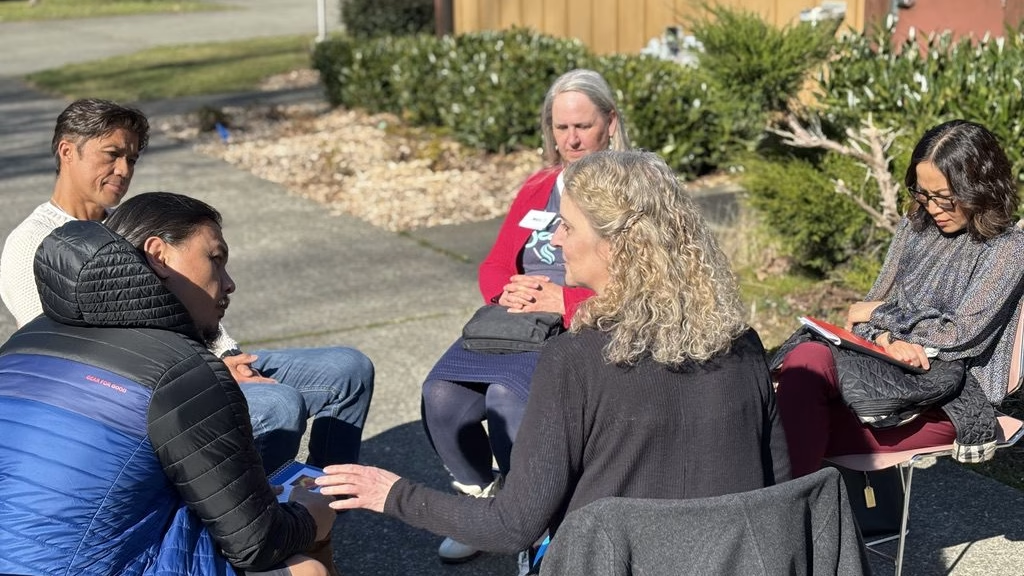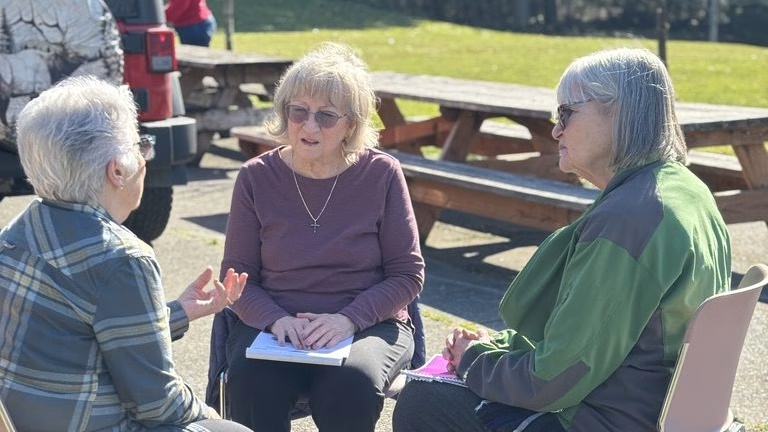Partners in the Gospel: Listening Sessions
Come help shape the future of our parish family.

We are entering the final step of the “Who Are We” phase of Partners in the Gospel – Challenges and Opportunities.
This is your chance to help shape the future of our Parish Family. Members of Holy Spirit, Kent, and St. John the Baptist, Covington, are invited to reflect on two key questions:
- What challenges or obstacles might we encounter as we merge our two unique parishes into one family?
- What opportunities do you see in combining our gifts and resources?
Your input truly matters. The Parish Family Advisory Committee (PFAC) will receive the unedited words of every parishioner who participates. Just as in previous synodal sessions, what you share will directly influence the next phase: “Who Do We Want to Become?”
Let every person be quick to listen, but slow to speak, and slow to anger. Humbly welcome the word which has been planted in you and has the power to save your souls.”
– James 1:19, 21
Each two-hour session will be led by trained parish volunteers and will include prayer, reflection, and time for personal sharing. The synodal style gives everyone equal time to speak without interruption or rebuttal. The goal is deep, prayerful listening to where the Holy Spirit is leading us.
Every voice counts. We encourage all household members to take part. What feels obvious to one person may be a brand-new insight for another. Spouses should share individually, and youth will have their own sessions to voice their hopes and concerns for our parish family.

Choose the session time and location that works best for you. Then register online or on the paper forms in the narthex.

If there are no sessions that work for you or you need an alternative to in-person sessions, please contact the office at St. John the Baptist – 253-630-0701. More session options may be added to accommodate the needs of our parish family.

